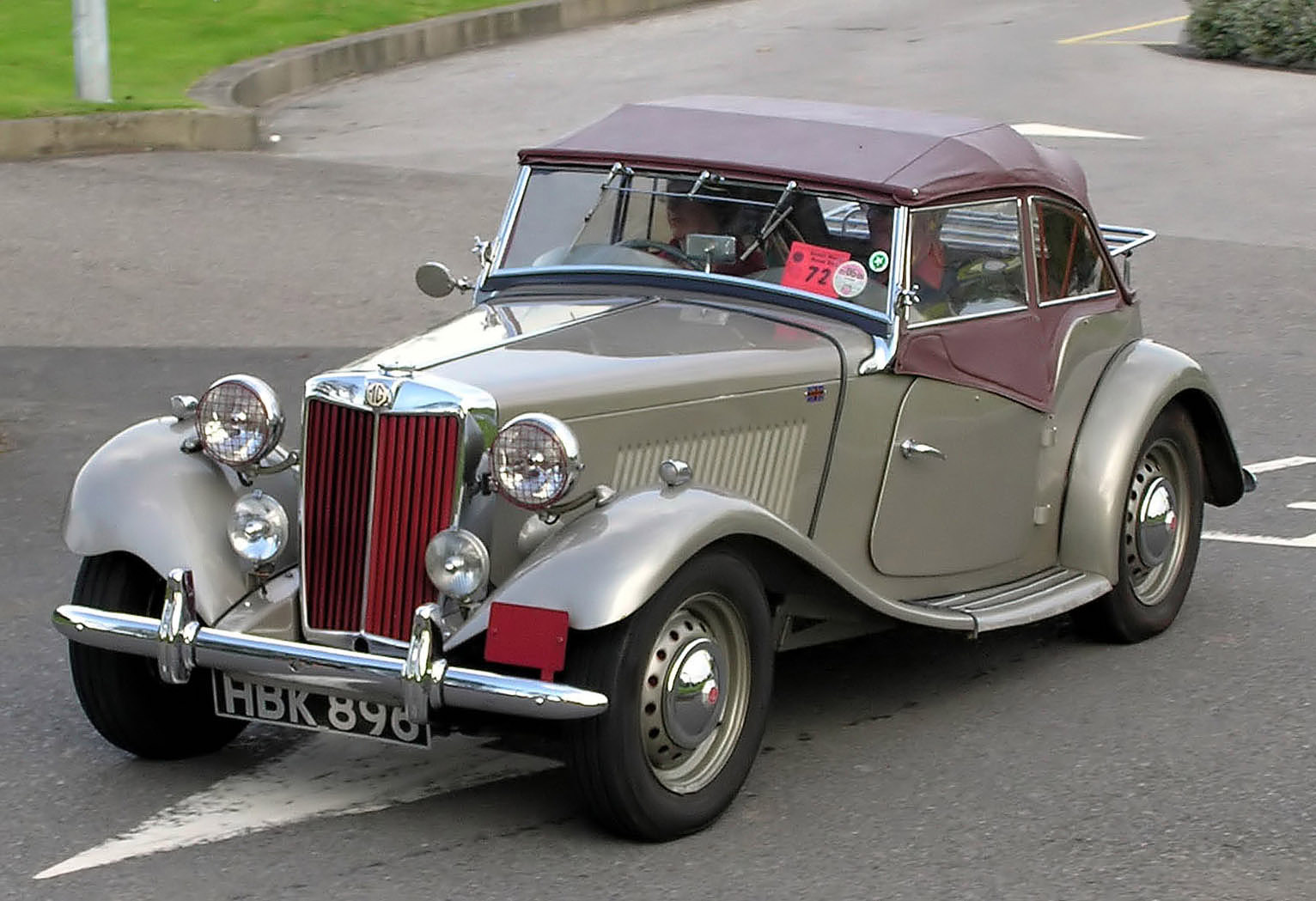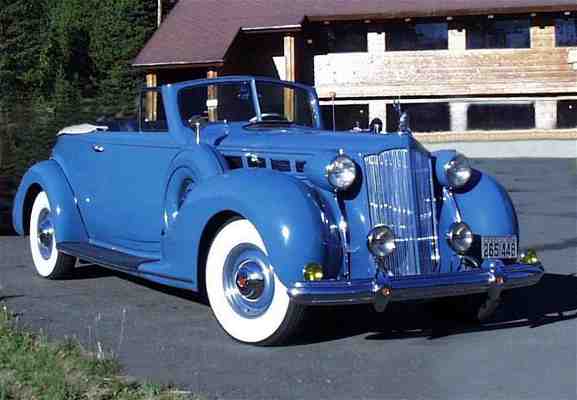Below is information which I have compiled for International inquiries. I hope it helps answer your concerns. Please call us or email back if you have any other questions.
- When you do send us dampers please email us the date sent, the number sent and what they are, please as parcels sent to us have been mislaid locally and we like to retrieve them but if you don't inform us they are sent, we will never know.
- Please address the parcel to Harmonic Damper Rebuilds Ltd, 29 Russell St, Waihi, 3610, New Zealand
- QUOTE: We cannot give you an estimate of the cost of the repair without a photograph of front back and edge of each damper. Having restored quite a lot of Classic car dampers we know they vary widely in how they are constructed and how much time it will take to disassemble, clean and remanufacture them. However when we get the damper disassembled it may prove to need a lot more work than can be estimated by sight.
- COST: The good news for you is that the NZ$ has slumped in the last few months so any price we quote will likely be 2/3 to half that in your currency. Please check the exchange rate.
- As a cost example the Ferrari we rebuilt recently cost $646 NZ including jig making and materials. Our competitors in Australia charge a flat rate of $1000 for jig-making before they charge for the re-manufacturing - just to give you a comparison.
- FREIGHT: Because dampers are heavy for their size they aren't economical to freight but surface freight (takes 4 weeks by ship) should be the best economy bulk freight bet from the US and UK. You will have to do the sending from your end as all the customs declarations will need to be filled in by you. I'd recommend that if your consignment weighs 20kg - up to tonnes that you talk to a shipping agent.
- As they are (essentially useless) second hand parts the estimated value of your consignment can be low <$200 and avoid extra tax (GST/VAT)
- I don't know about the US or UK but for goods valued at over $400NZ we have to pay 15% on the freight as well as the value of the goods. This is supposed to be changing soon so any value over $20.00 will be taxed at 15% at our end.
- Alternatively individual damper consignments by post may be the most economical.
- International courier services vary wildly in their costings and at times their fastest service is cheaper than their slower freight (TNT last I asked)
Your mileage may vary.
WARRANTY: We are a small quality custom re-manufacturing service so our system isn't fast but you do get a quality 'better than it was new' result and we provide a warranty of our work. See our warranty details on this website.
PHOTOGRAPHS: sending photos of the dampers by email is totally acceptable to us.
Customer Responsibilities are to:-
- Remove the damper from the engine in an appropriate manner which does not damage it.
- Provide accurate timing marks - email photographs of the timing cover or mark TDC on the damper before sending it to us.
- Providing your full contact details and honest details of the use for the damper eg boating, car, racing.
- Handling and transporting the damper safely to us.
- Re-fitting of the damper upon return in a way which does not damage it.
Looking forward to making your precious automobile run better than it has in years, faster, quieter, smoother and with no damage to the engine because your pulley now runs true and does its job.








